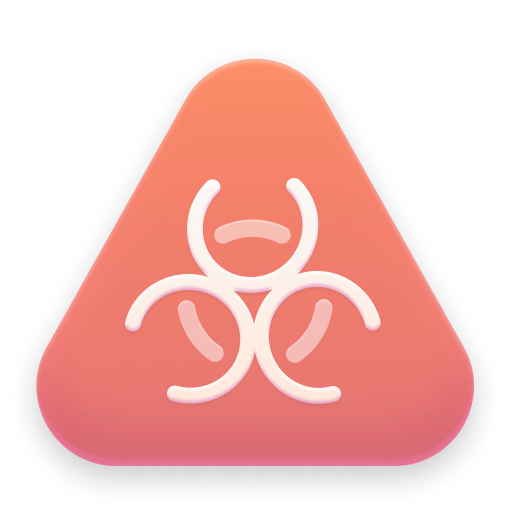

We have organized our recommendations in this statement to aid the clinician who has arrived at a potential explanation of the cause of the ischemic stroke in an individual patient and is embarking on therapy to reduce the risk of a recurrent event and other vascular outcomes. All members of the committee had frequent opportunities to review drafts of the document, comment in writing or during teleconference discussions, and reach consensus with the final recommendations.Īlthough prevention of stroke is the primary outcome of interest, many of the grades for the recommendations were chosen to reflect the existing evidence on the reduction of all vascular outcomes after stroke, including stroke, myocardial infarction (MI), and vascular death. The references selected for this document are exclusively for peer-reviewed papers that are representative but not all inclusive. Because of the scope and importance of certain ongoing clinical trials and other emerging information, published abstracts were cited when they were the only published information available. Literature citations were generally restricted to published manuscripts appearing in journals listed in Index Medicus and reflected literature published as of December 31, 2004. Searches were limited to English language sources and to human subjects. Although the complete list of keywords is beyond the scope of this section, the committee reviewed all compiled reports from computerized searches and conducted additional searching by hand. The writing group conducted a comprehensive review of the relevant literature.

The committee met in person and had a number of teleconferences to develop the outline and text of the recommendations. A writing committee roster was developed and approved by the Stroke Council with representatives from neurology, cardiology, radiology, surgery, nursing, and health services research. A writing committee chair and vice chair were designated by the Stroke Council Manuscript Oversight Committee. The aim of this new statement is to provide comprehensive and timely evidence-based recommendations on the prevention of ischemic stroke among survivors of ischemic stroke or TIA.
Virus cleaner system mac barry univeristy trial#
Usefulness/efficacy is less well established by evidence or opinionĬonditions for which there is evidence and/or general agreement that the procedure or treatment is not useful/effective and in some cases may be harmfulĭata derived from multiple randomized clinical trialsĭata derived from a single randomized trial or nonrandomized studies Weight of evidence or opinion is in favor of the procedure or treatment. Definition of Classes and Levels of Evidence Used in AHA Recommendations Class IĬonditions for which there is evidence for and/or general agreement that the procedure or treatment is useful and effectiveĬonditions for which there is conflicting evidence and/or a divergence of opinion about the usefulness/efficacy of a procedure or treatment 6 Recommendations follow the AHA and the American College of Cardiology (ACC) methods of classifying the level of certainty of the treatment effect and the class of evidence (see Table 1). Other statements from the AHA have dealt with acute ischemic stroke, 4 subarachnoid hemorrhage (SAH), 5 and intracerebral hemorrhage (ICH). 2,3 Because most strokes are cerebral infarcts, these recommendations focus primarily on the prevention of stroke among the ischemic stroke or TIA group. Prior statements from the American Heart Association (AHA) have dealt with primary 1 and secondary stroke prevention. Epidemiological studies have helped to identify the risk and determinants of recurrent stroke, and clinical trials have provided the data to generate evidence-based recommendations to reduce this risk. The number of people with TIA, and therefore at risk for stroke, is estimated to be much greater. Among the estimated 700 000 people with stroke in the United States each year, 200 000 of them are among persons with a recurrent stroke. Survivors of a transient ischemic attack (TIA) or stroke have an increased risk of another stroke, which is a major source of increased mortality and morbidity. Customer Service and Ordering Information.Journal of the American Heart Association (JAHA).Stroke: Vascular and Interventional Neurology.Circ: Cardiovascular Quality & Outcomes.Arteriosclerosis, Thrombosis, and Vascular Biology (ATVB).


 0 kommentar(er)
0 kommentar(er)
